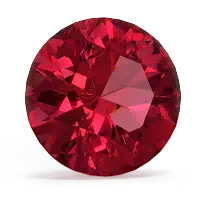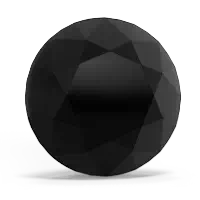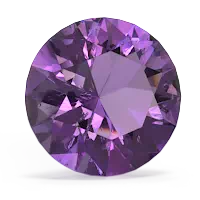


Ruby is known as the gem of courage. Wearing a ruby pendant can help you get through the trials and tribulations of life. A perfect stone for nighttime wear, a black onyx pendant looks elegant and stylish in white or yellow gold. An amethyst pendant is said to bring spirituality, tranquility and peace to the wearer. It is even said to help one succeed in business.